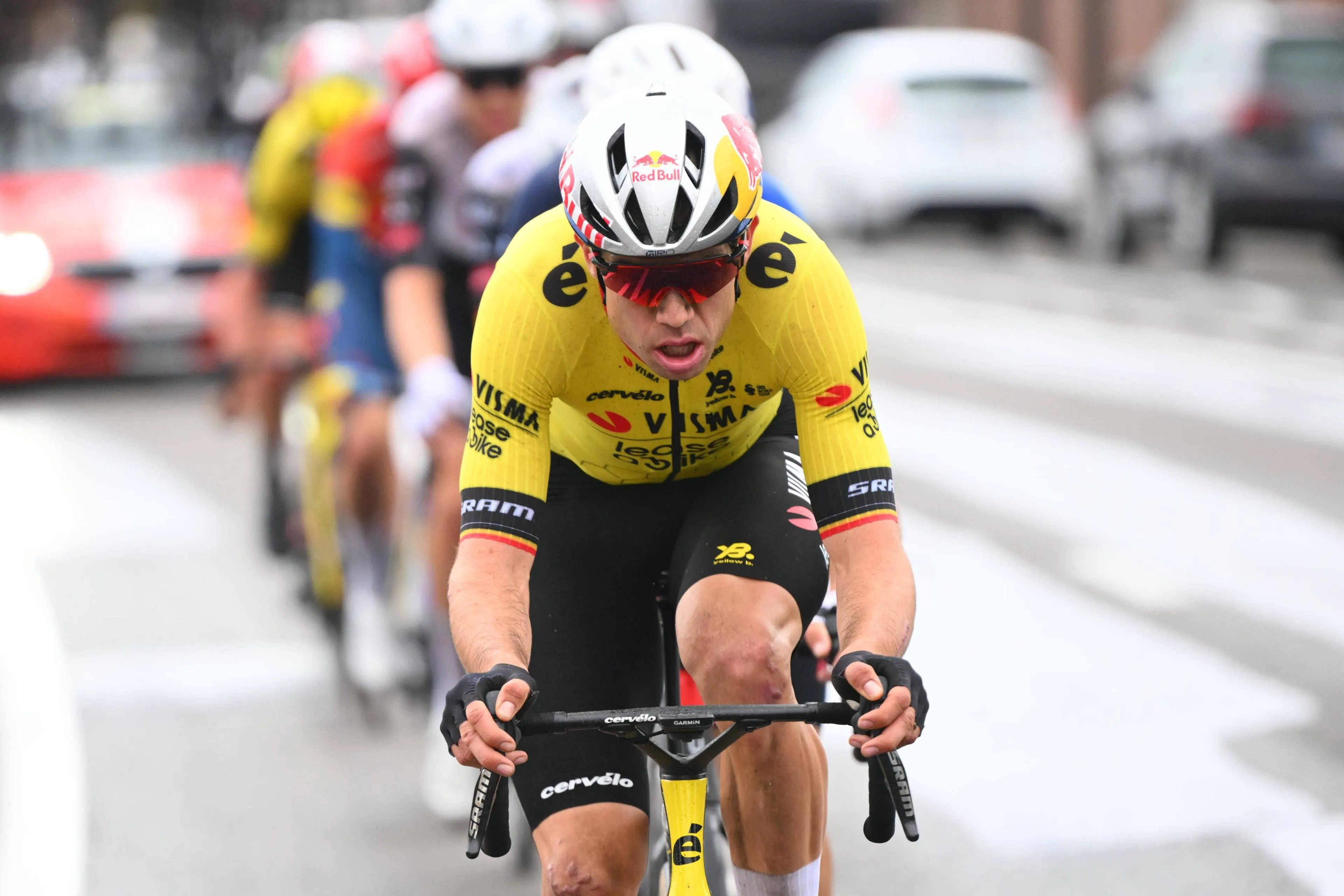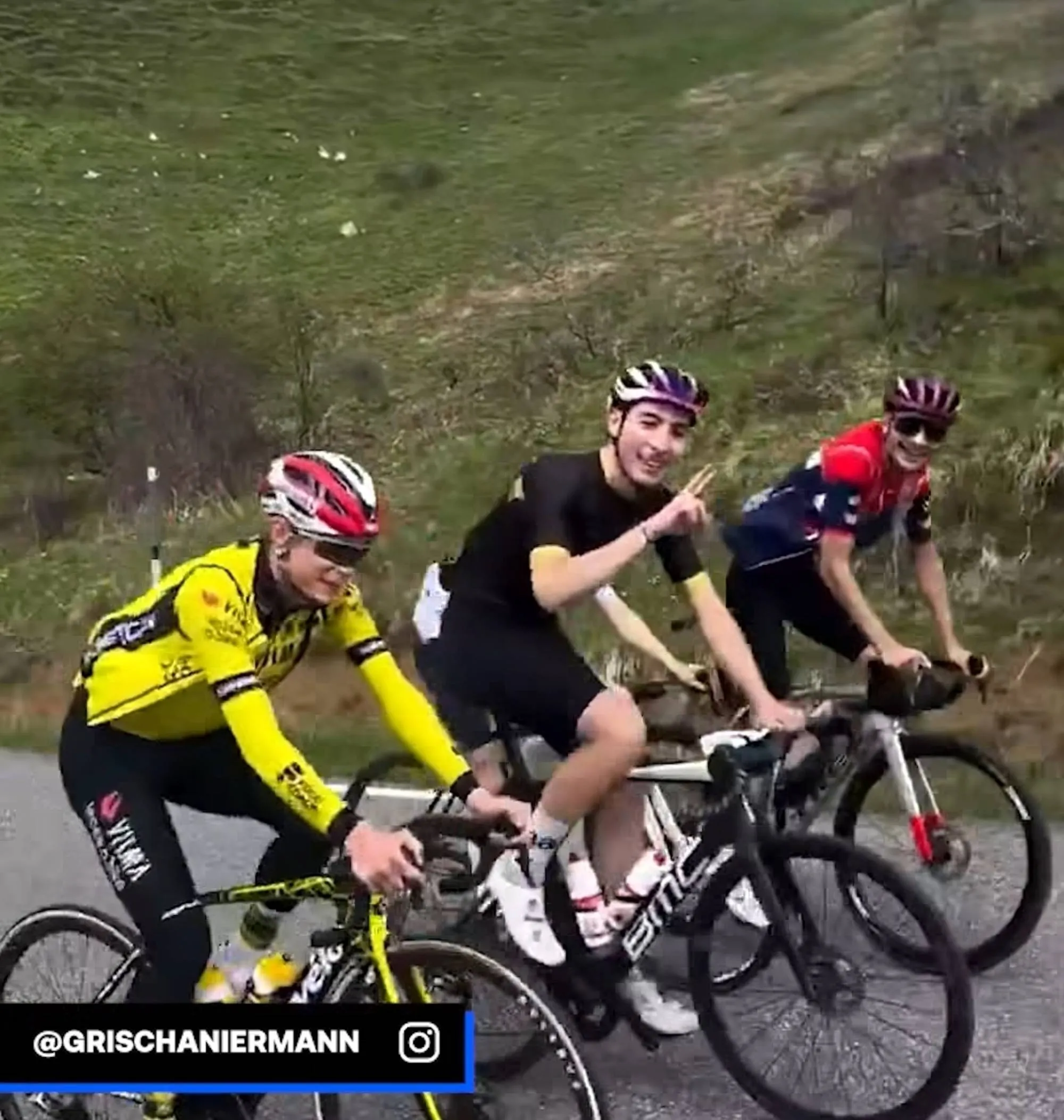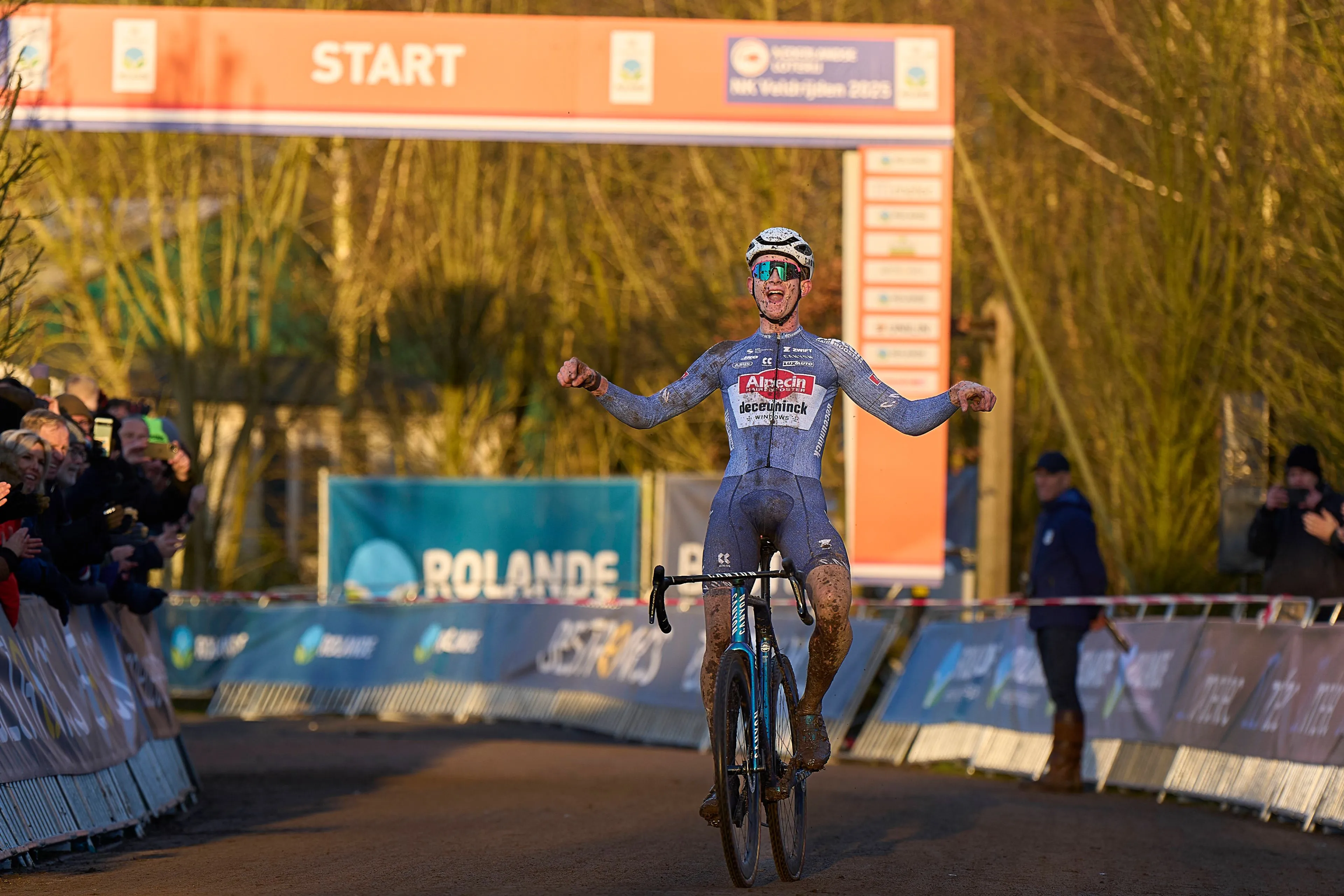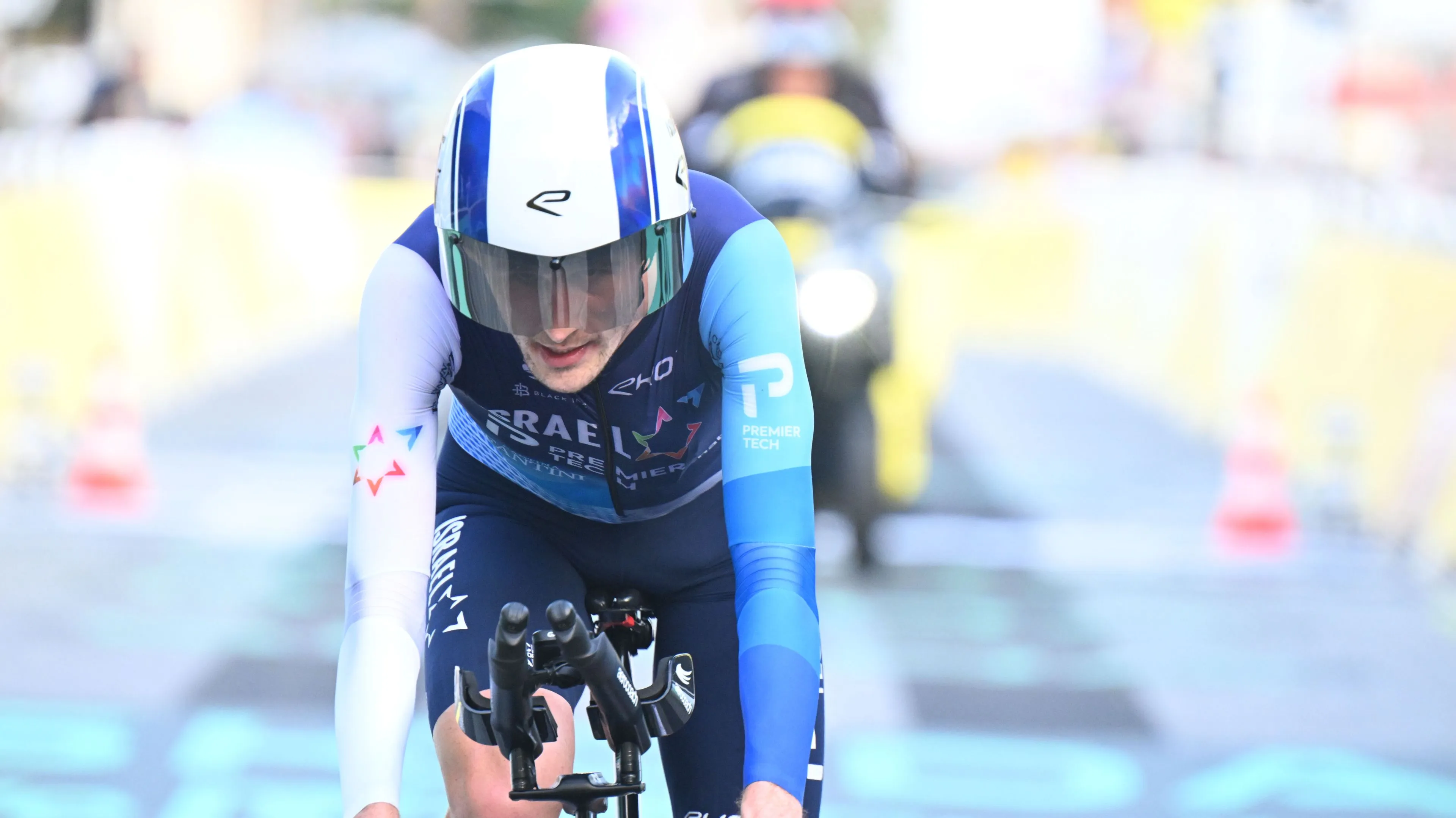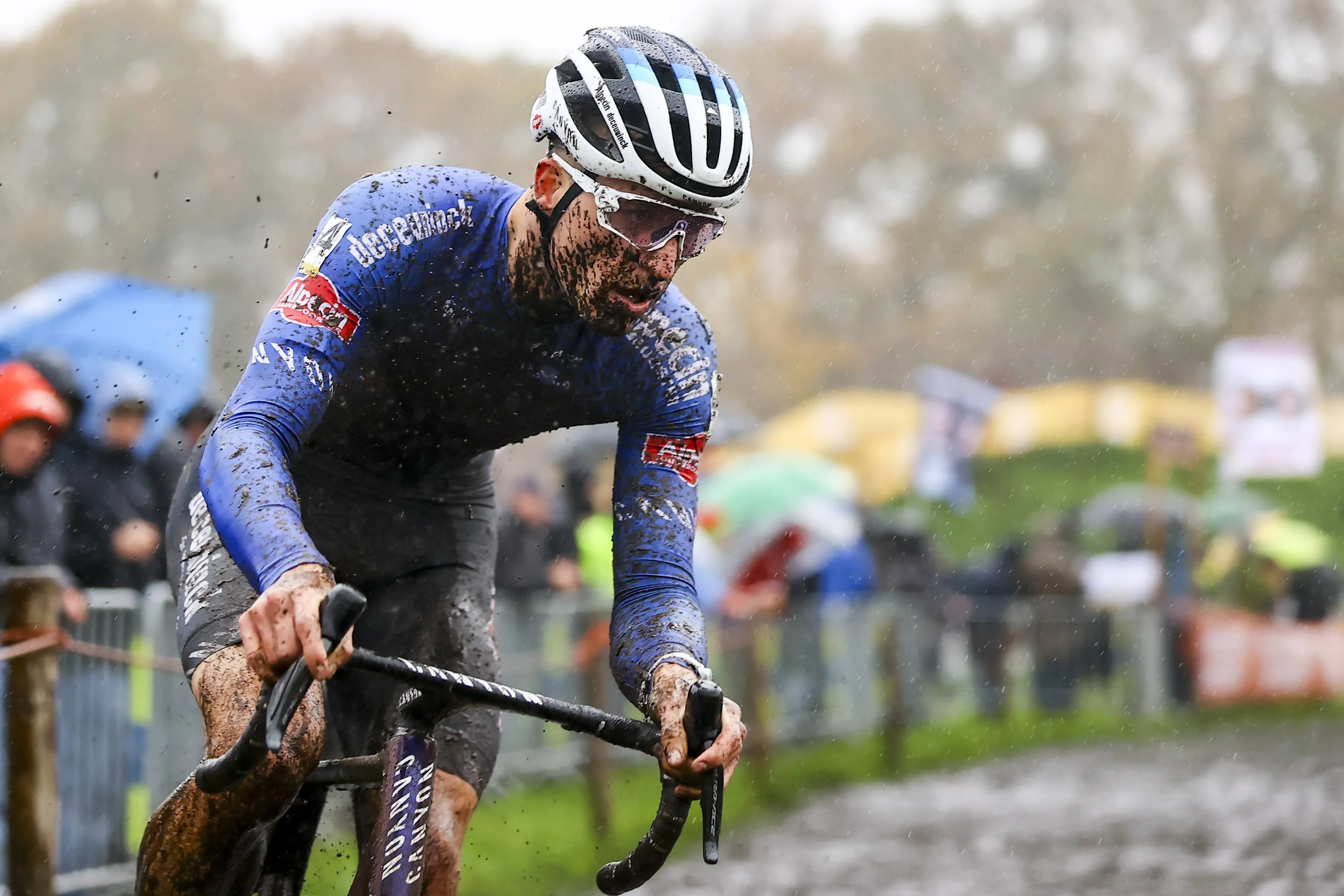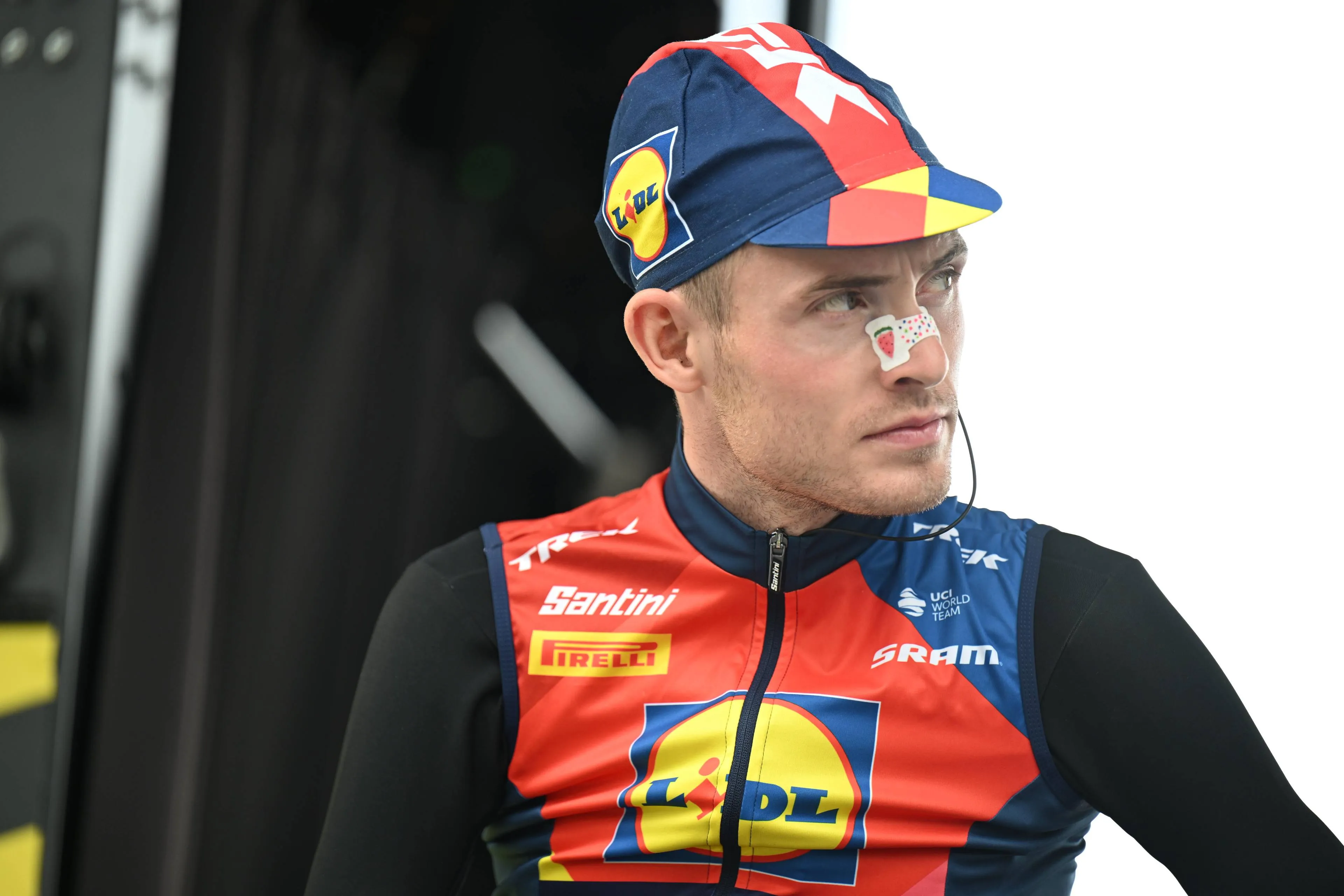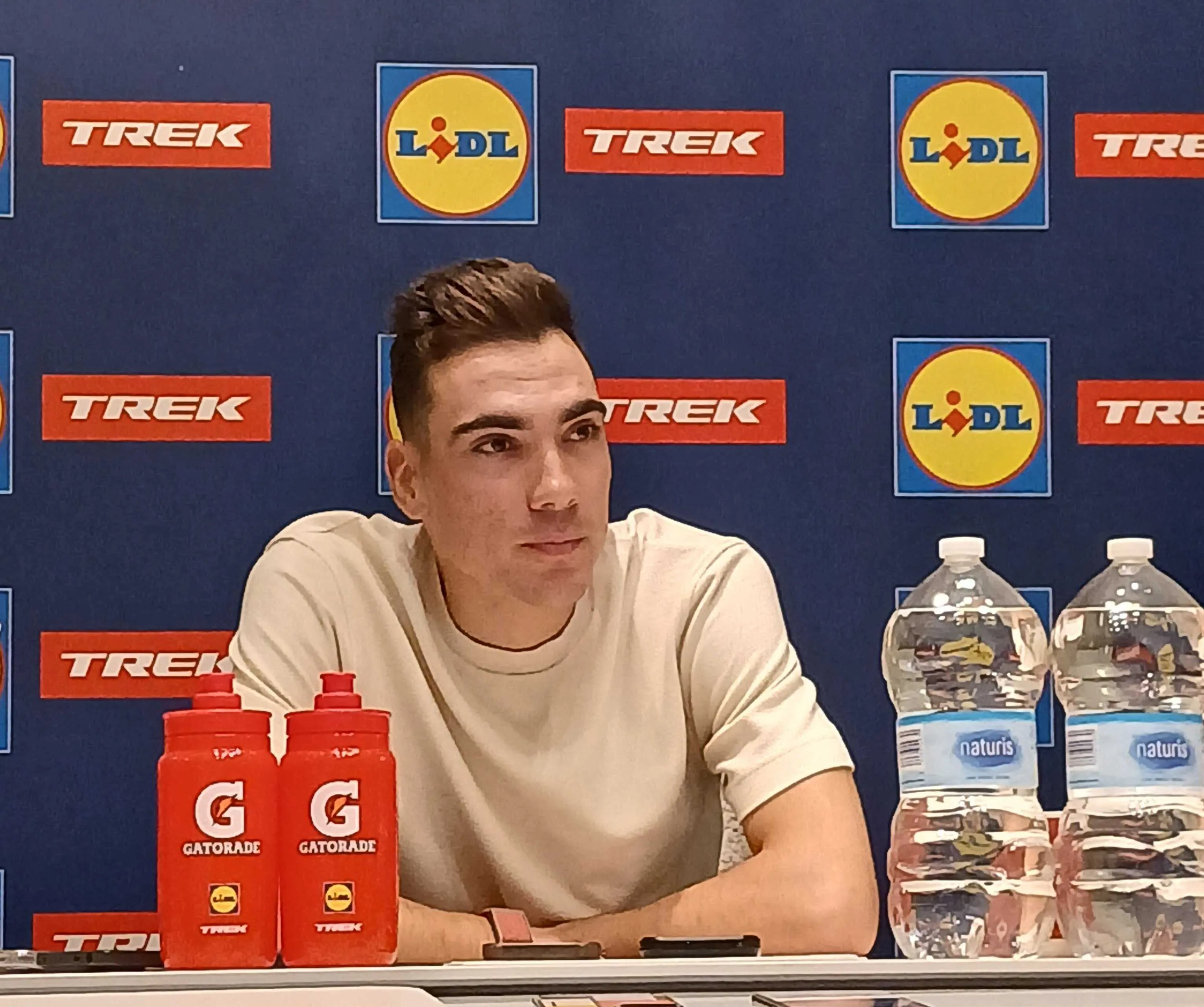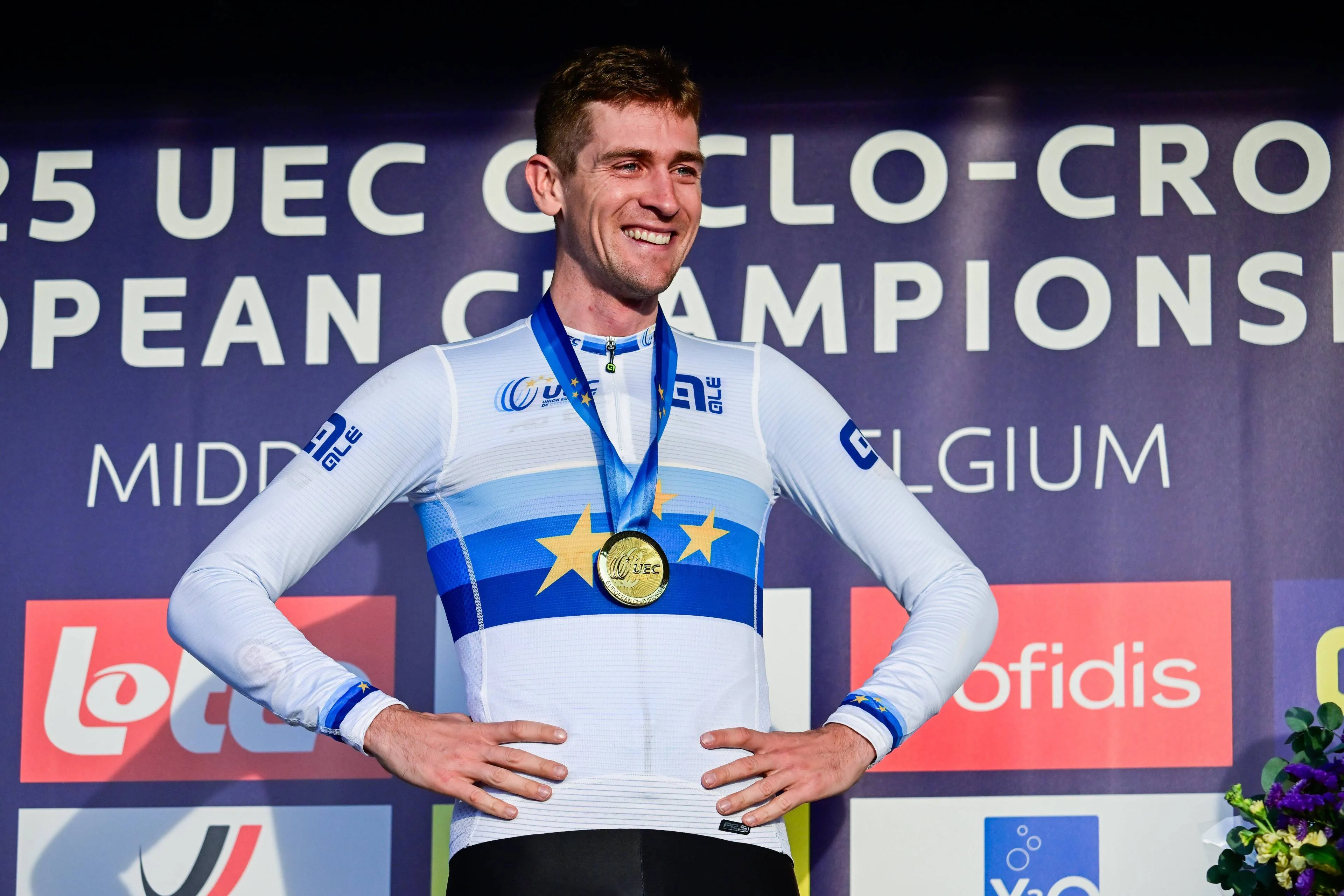“It’s terrible — but terribly effective” - Mads Pedersen preparing for Giro d'Italia return with brutally unique training method
CyclingSaturday, 03 May 2025 at 09:44
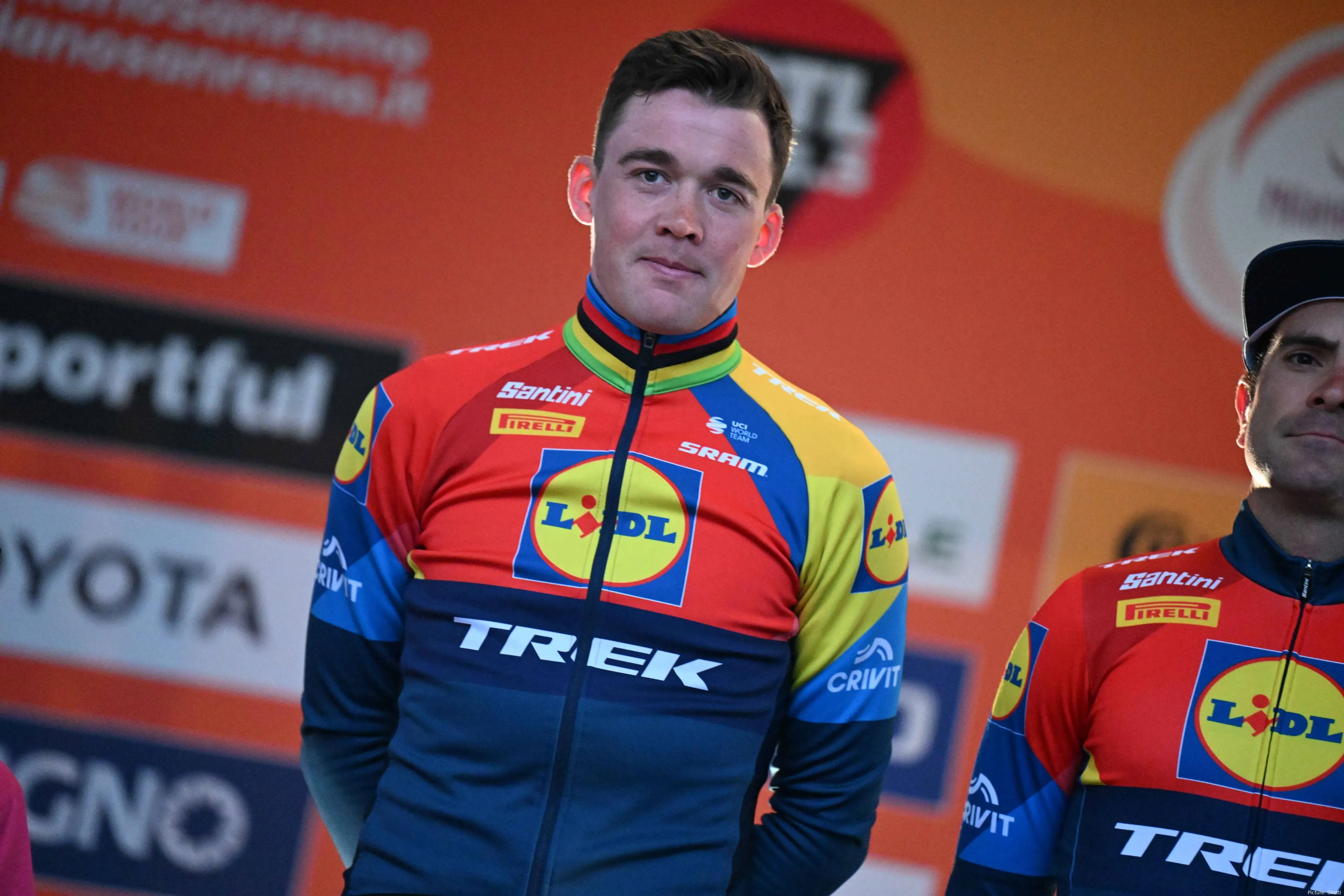
For the fourth time in his career, Mads Pedersen is heading to the Giro d'Italia in 2025. After a strong Spring saw the Dane consistently impress, albeit without adding that illusive Monument win to palmares, Pedersen is stepping up his preparation for a return to Italy with a special and rather unique training method.
So what is this approach? Well, Pedersen is using a demanding heat training method that involves riding indoors for around an hour each day while wearing full winter gear. The sessions begin at a steady 270 watts, with Pedersen allowing his heart rate to climb steadily — often finishing with 15 minutes at 255–270 watts and a heart rate nearing 180 bpm. “It’s terrible — but terribly effective,” explains the Lidl-Trek star in the latest episode of the Lang Distance podcast. “It’s awful training. I’d rather ride seven hours a day for a full week.”
Though he describes the training as “awful,” Pedersen swears by its effectiveness. The approach is designed to simulate racing in hot conditions, promoting physiological adaptations such as increased blood plasma volume, improved cardiovascular performance, better thermoregulation, and enhanced resistance to dehydration — all crucial for endurance in the challenging terrain and climate of the Giro.
Read also
“It really pays off. It increases the plasma in your blood, but also triggers heat adaptation,” explains the Danish former world champion. “The way I do it is I start out at 270 watts, and then I just let my heart rate rise until I’m done. In the last 15 minutes, I stay between 255 and 270 watts. My heart rate goes from 110 at the start to around 175–180 by the end.”
Pedersen is famously a bit different to the majority of modern riders when it comes to getting the best out of himself. The Dane roundly refuses to go to any altitude training camps and at Paris-Nice earlier this year, was powered to a stage win after drinking a can of monster mid-race. Will this latest method pay off with a successful Giro return for the stage winner back in 2023? We will find out soon enough.
Read also
claps 6visitors 6
Just in
Popular news
Latest comments
- He’s done cross before. I bet if he dedicated himself to that he’d start cleaning up.mobk14-12-2025
- 1. No, the team owners want to have reliable money without having to actually perform. 2. It's "creative destruction". It's how things improve. Resources and labor are put to more productive uses. 3. That'd be more likely to happen if you listened to these "cycling is unsustainable" whiners. 4. There are thousands of pro races per year. Some teams are happy with a podium. Everything here is a Non Sequitur. -An Economistacem8214-12-2025
- I appreciate the restraint for sure.mij14-12-2025
- I was thinking the same thing. some of the questions were just terrible.mij14-12-2025
- He could always try some off road racing, where skills play a part, not just his engine. A great road rider, but not a complete all round rider......wipperman9513-12-2025
- As a cyclist, I'm amazed by his capabilities, as a fan I believe he will be considered as the best ever by the time he retires.awp13-12-2025
- While he is a good rider, he is not in the Pogi, Vingegaard, Lipo and others category yet. Can he be? Time will tell but for now he is in a 2nd Tier. And let's not forget guys like Del Torro who very well could be almost if not as good as Pogi in a year or twomd197513-12-2025
- That question about the last wk of the 'tour, like seriously, did the journo not know he had a knee problem.. 🤷
 leedorney13-12-2025
leedorney13-12-2025 - They're hoping to develop GC talent. This is the best way they can do that with their roster.Veganpotter13-12-2025
- You have never seen a greater sportsman and you will never see one in your lifetime. Admire this man who was sent to earth by God himself to represent him on a bike. Tadej Pogacar will go down in history as the Greatest Of All Time-The GOAT!!!NikkoNicco13-12-2025
Loading
1 Comments
